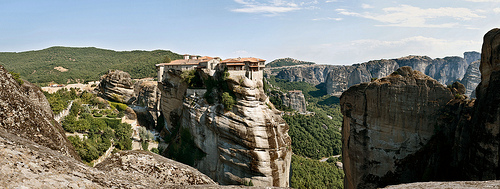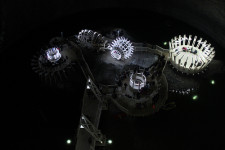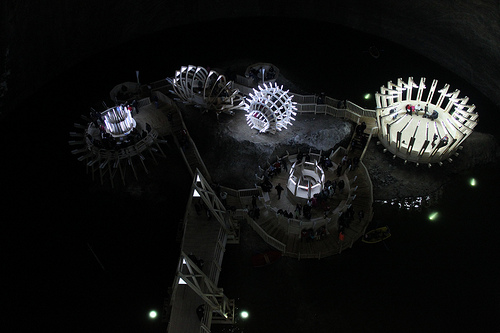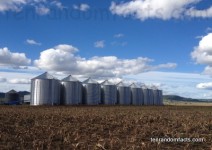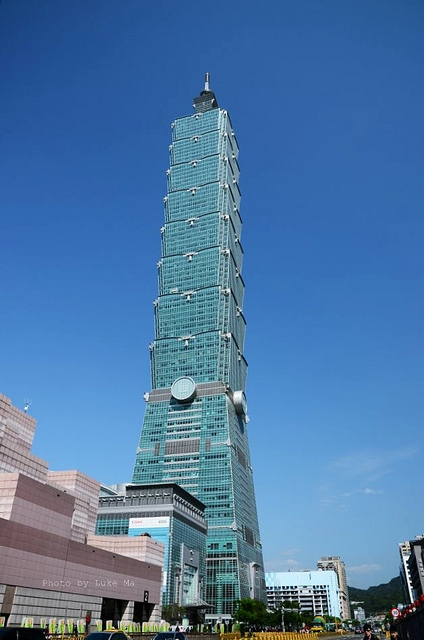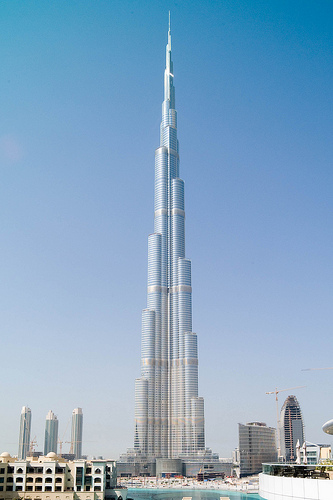
Metéora is a mystical location of amazing architecture.
- Metéora is a group of six remaining monasteries, of the 24 that were built in the area, located on the outskirts of the Plain of Thessaly, in central Greece.
- The monasteries in Metéora are built atop sandstone rock cliffs that reach up to 400 metres (1312 feet) in height.
- The first residents of Metéora were hermit monks, most likely in the 11th century, who sought refuge from Turkish armies in the caves during this period.
- The Metéora monasteries were mostly constructed during the 1300 and 1400s, as a safe haven for monks and nuns who felt threatened by the political instability that was apparent in the area at the time.
- Lengthy ladders, and ropes or nets were originally used to access the monasteries at Metéora, and there is now cable car access to some sites, although it wasn’t until the early 1900s that steps carved from rock were added for convenience.
Part of Metéora
Image courtesy of Antonio Picascia/Flickr
- Metéora’s rock pillars are believed to have been formed by tectonic movement and erosion by wind and water.
- ‘Metéora’ means ‘suspended in the air’ or similar, in Greek, and the monasteries and the cliffs they sit upon have been used in. or inspired literature, music and film.
- Metéora covers an area of 2.72 square kilometres (1.05 square miles) and became a UNESCO World Heritage Site in 1988.
- Metéora has a large temperature range that varies from very cold to very hot, and has significant quantities of rain throughout the year.
- Metéora is a popular tourist destination, visited by thousands annually, and to access the sites, steps or rock climbing are the two main options.
Bibliography:
Meteora, 2014, UNESCO WHC, http://whc.unesco.org/en/list/455
Meteora, 2014, Wikipedia, http://en.wikipedia.org/wiki/Meteora
Meteora: The most photogenic spiritual site in Greece, 2014, Visit Greece, http://www.visitgreece.gr/en/destinations/meteora_the_most_photogenic_spiritual_site_in_greece




